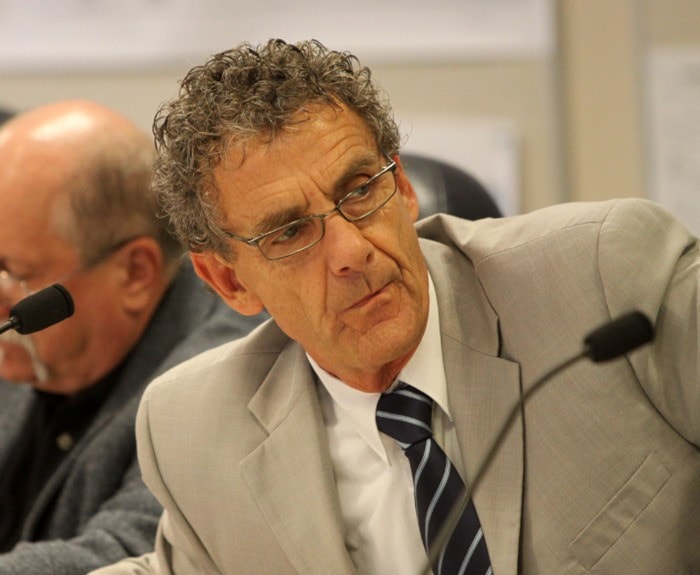A change in the way the Regional District of Central Kootenay apportions Columbia Basin Trust community funding will mean more money for some places and less for others, including Nelson and Castlegar.
In a narrow vote Thursday, directors approved a motion to dole out money beginning in 2012 based solely on population instead of a formula combining population and assessment.
“I don’t know why we started doing it years ago the way we did, but I just feel it’s more about people than the value of their homes,” says Arrow Lakes director Paul Peterson, who introduced the motion, despite the fact his area actually stands to lose money.
“I love to keep within the spirit of what the Trust is about.”
Peterson says they were the only regional district using the population plus assessment formula. Although they will still receive the same amount of money overall, the pie will be divided a little differently beginning next year.
Nelson’s piece will drop by $6,400 — from about $133,000 to $126,000 — while Castlegar stands to lose over $8,000 — from $107,000 to $99,000. The biggest winner will be Creston, both the town and rural area, which will each receive over $8,500 more.
In all, funding will increase for six areas, decrease for seven, and remain unchanged for seven others at the lowest end of the funding scale.
Nelson mayor John Dooley and Castlegar mayor Lawrence Chernoff argued that as the largest municipalities and regional hubs, they have more demands on them, and receive the lion’s share of requests for funding from community groups.
“We tend to have most of the requests because a lot of groups servicing the region are working out of Nelson,” Dooley says.
Chernoff added even with the present sum of money to work with, it’s “difficult and time-consuming” to evaluate funding requests, which last year totaled over $400,000. They were only able to satisfy a quarter of that amount.
Nakusp mayor Karen Hamling, however, responded that the cities are able to draw from a much larger tax base to provide their services.
“If your cities continue to grow, you get more money,” she said. “We may grow a bit, but can never provide the same level of services.”
The motion passed with 11 directors in favour.
A breakdown of how the new Columbia Basin Trust funding formula will affect each municipality and rural area
- Area 2011 2012 Change
- A (Wynndel/East Shore) 38,439 30,000 -8,439
- B (Rural Creston) 55,638 64,179 +8,541
- C (Rural Creston) 30,000 30,000 Nil
- D (Rural Kaslo) 22,579 20,828 -1,751
- E (Rural Nelson) 54,161 50,753 -3,408
- F (Rural Nelson) 52,742 50,944 -1,798
- G (Rural Salmo) 30,000 30,000 Nil
- H (Slocan Valley) 53,224 58,989 +5,765
- I (Rural Castlegar) 30,000 32,984 +2,984
- J (Lower Arrow/Columbia) 35,662 38,133 +2,471
- K (Arrow Lakes) 25,251 24,584 -667
- Castlegar 107,328 99,143 -8,185
- Creston 57,404 65,913 +8,509
- Kaslo 30,000 30,000 Nil
- Nakusp 18,401 20,815 +2,414
- Nelson 132,882 126,445 -6,437
- New Denver 30,000 30,000 Nil
- Salmo 30,000 30,000 Nil
- Slocan 30,000 30,000 Nil
- Silverton 30,000 30,000 Nil
